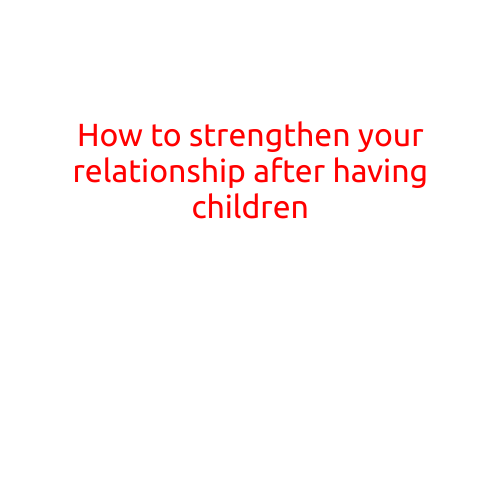
How to Create a Balance Between Independence and Togetherness
In today’s fast-paced world, achieving a balance between independence and togetherness is crucial for building strong, healthy relationships. Whether you’re in a romantic partnership, a friendship, or a family bond, having a balance between these two essential elements can lead to a more fulfilling and meaningful connection.
Why is independence important?
Independence is essential in relationships because it allows individuals to maintain their unique identities, pursue their passions, and develop their personal growth. When we have space to grow and explore on our own, we become more confident, self-assured, and resilient. Independence also promotes a sense of self-sufficiency, reducing our need for constant attention or validation from others.
Why is togetherness important?
Togetherness, on the other hand, is vital for building a strong connection with others. Spending quality time together creates a sense of bonding and closeness, fostering trust, understanding, and empathy. Togetherness also allows us to share experiences, rely on each other, and feel supported and cared for.
Finding the balance
So, how do we achieve this delicate balance between independence and togetherness? Here are some tips to help you get started:
- Set boundaries: Establish clear boundaries that respect each other’s need for space and time alone. For example, you may need some time to recharge after a long day, or your partner may need some time to pursue a hobby.
- Communicate openly: Open and honest communication is key to understanding each other’s needs and desires. Make time to discuss your thoughts, feelings, and concerns with each other.
- Prioritize quality time: Schedule regular quality time together, whether it’s a date night, a family game night, or a simple dinner together. Make an effort to connect with each other and engage in activities you both enjoy.
- Respect each other’s passions: Respect each other’s interests, passions, and goals, even if they differ from your own. Support each other’s pursuits and celebrate each other’s successes.
- Foster intimacy: Foster emotional intimacy by sharing vulnerability, trust, and authenticity with each other. This helps create a sense of closeness and connection without sacrificing individuality.
- Practice self-care: Prioritize self-care and self-love, just as you would prioritize connection with others. This helps maintain a healthy sense of identity and avoids codependency.
- Be flexible: Life is unpredictable, and circumstances may arise that require adjustments to your routine. Be flexible and adapt to changes while still maintaining your individuality and connection.
Conclusion
Achieving a balance between independence and togetherness is a delicate and ongoing process that requires effort, communication, and flexibility. By respecting each other’s needs, priorities, and passions, you can build a strong, healthy relationship that nourishes both individuals and fosters a sense of connection and belonging. Remember, independence is essential for personal growth, while togetherness is essential for building meaningful relationships. By finding the perfect balance between these two, you can create a relationship that is both fulfilling and sustainable.





